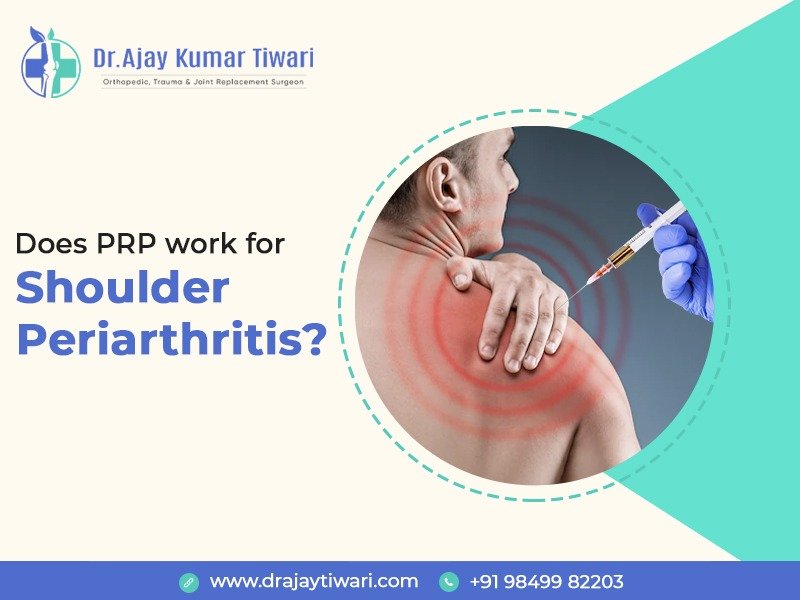
Bone And Joint problems in children
Everyone cares about their children, though you need to be extra careful about their health. The present generation is at greater risk of many health-related problems due to their sedentary lifestyles. They might also face different bone and joint problems, which are medically called musculoskeletal disorders. Bone disorders can be caused by injuries, infections, or lack of nutrition, as they occur as part of a child’s growth.
Considering the present-day health condition, a lot of factors are causing musculoskeletal problems. Musculoskeletal disorders are conditions that can affect your muscles, bones, and joints. In recent times, obesity has become a big concern for many children, which puts them at a higher risk of bone and joint problems.
Let’s know some facts!
- It is estimated that around 24% of children between the ages of 6 and 10 years are complaining of joint pain in the legs, especially obese children.
- Many studies have highlighted that there is a risk of affecting the skeletal system of a child due to overweight or obesity, which results in musculoskeletal disorders. These studies found a high frequency of knock-knee(55.1%), when the legs are straightened, the knees angle in and touch each other, and the knee-joint with is an excessive extension in obese children (24.2%) compared with the group of normal-weight children (2%).
What causes bone and joint problems in children?
Pediatric bone diseases are caused by various factors, and some of them are as follows:
Genetic Factors – Some bone and joint disorders are inherited from the parents. Osteogenesis imperfecta and achondroplasia are examples of inherited musculoskeletal disorders.
Congenital Conditions – It is possible to have bone or joint disorders by birth in some children, leading to conditions like hip dysplasia or clubfoot.
Developmental Disorders – Conditions that affect the natural growth and development of bones, like skeletal dysplasias, can cause issues with bones and joints.
Infections – Conditions like septic arthritis or osteomyelitis that are caused by bacterial or viral infections can also lead to bone or joint disorders.
Injuries and Trauma- Fractures, dislocations, or other damage to bones and joints can be caused by accidents, falls, or some other sporting activities.
Inflammatory Conditions – Joint inflammation can be caused by juvenile idiopathic arthritis (JIA), an autoimmune disorder that may result in pain, swelling, and stiffness.
Nutritional Deficiencies – Inadequate nutrition can affect bone health and development. Especially vitamin D or calcium deficiencies can lead to conditions like rickets.
Overuse or Repetitive Stress – Certain sports and physical activities might put additional stress on the bones and joints, which may contribute to overuse injuries or stress fractures.
Hormonal imbalances – Growth hormone deficiencies or thyroid disorders can affect the development of bones.
Tumours – Benign or malignant tumours that form in the body can also affect the bones or tissues nearby, which may result in bone and joint problems.
Neuromuscular problems – bone and joint health can be damaged indirectly by certain conditions affecting the nervous system. For instance, cerebral palsy is a condition that may impact joint functions.
When to get medical care?
Osteogenesis imperfecta (OI) is also known as a brittle bone disease. If any of your family members have OI, your child has a 50% chance of having the condition because OI is a genetic disorder affecting bones that is inherited.
Consult a doctor immediately if you find any symptoms like pain, swelling, deformity, or a pathological fracture, as they may result in bone tumours like benign or malignant tumours, which are pediatric conditions.
Osteoporosis is a bone disorder where your child’s bones become weak and brittle. It shows symptoms like back pain, easy fracturing of bones, bone spurs, etc. When you find these symptoms in your child, meet the doctor immediately.
When you observe muscle cramps, weak and brittle nails, numbness and tingling in the hands, feet, and face, etc. in your child, consult a doctor immediately, as they are caused by a lack of calcium in bones, which is a paediatric condition.
Tips to defend your bones and joints:
Exercise Daily
Exercising daily for some time will help your children have stronger bones and flexible joints.
Follow Healthy and Timely Diet
Give fresh fruits and vegetables, protein-rich food, and other nutritious food to your children, which are essential in creating stronger bones and joints.
Maintain Healthy weight
Maintaining the perfect weight for your child helps to keep less pressure on your bones and joints, which keeps them healthy.
If your children have any joint-related issues, consult Dr. Ajay Kumar Tiwari, one of the best joint replacement surgeons in Hyderabad. Consult an expert doctor if you notice any common musculoskeletal conditions like back pain, bowed legs, pain near the hips and thighs, and knock knees in obese children. Diagnosis and early treatment of bone and joint problems can ultimately lead to a better quality of life.





